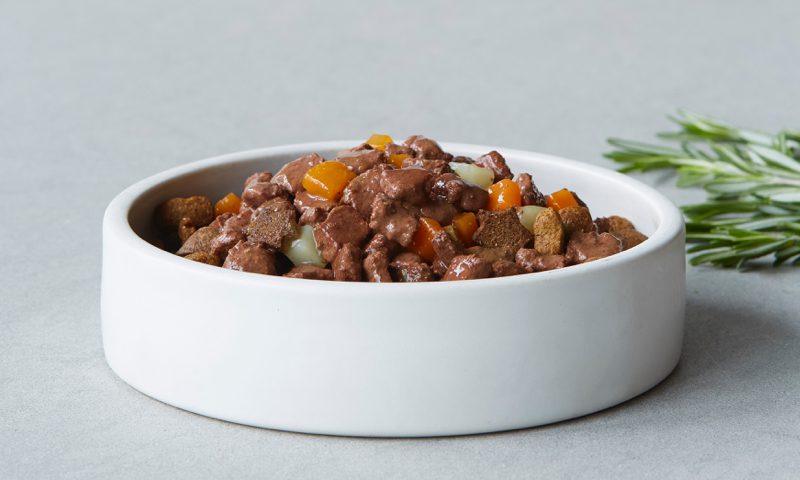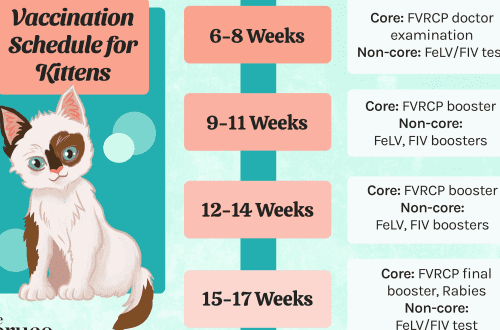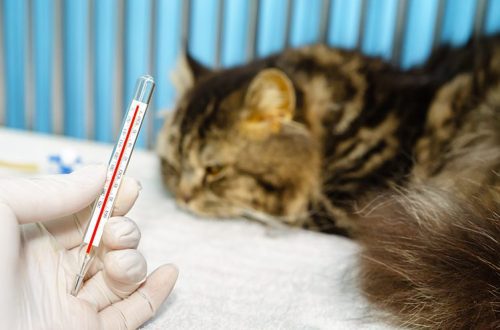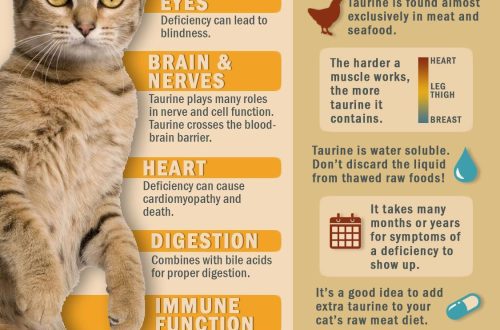
Can you mix wet and dry food?
We all know that balanced ready-made food for dogs and cats is very convenient and healthy. We also know that on the modern market, ready-made feeds are presented in two formats: dry and wet. But on which one is more useful and whether it is possible to combine two types of food in one diet, everyone often has different opinions. Let’s try to figure this out!
And the analysis of the international research center will help us in this. Waltham® (UK) is a world leader in pet care.
The Waltham® Center has been conducting nutritional research for over 70 years. To date, the center has published more than 1000 scientific papers, and based on the research results, functional and dietary diets for pets around the world are being developed. Waltham® results supported by leading scientists!
Contents
Research work at the Waltham® Center
Cats and dogs naturally need a varied diet. The same diet quickly bothers pets, so ready-made feeds in the modern pet industry are presented in two formats: dry and wet. And if it is strongly not recommended to mix ready-made food and natural products within the same diet (this is a direct path to a serious imbalance in the body), then the combination of dry and wet ready-made food is not only useful, but also necessary.
The results of Waltham® clinical studies have shown that a diet based on a regular alternation of dry and wet food allows you to fully meet the natural needs of animals in a varied diet, maintains their health and acts as a prevention of a number of serious diseases.
Benefits of a mixed diet
We list the main advantages of combining dry and wet food in one diet.
Maintaining optimal water balance in the body.
Enrichment with protein, fat and other useful elements.
Maintaining the innate instinct in animals to search for a variety of food components, reducing the risk of neophobia.
Full satisfaction of the needs of the body and behavioral characteristics associated with nutrition.
Prevention of urolithiasis. With wet diets, daily water intake is higher.
Prevention of diseases of the oral cavity. Dry food granules clean off plaque and reduce the likelihood of periodontal disease.
Prevention of gastrointestinal diseases. High-quality diets contribute to the growth of beneficial microflora.
Prevention of excess weight. Balanced diets and compliance with the norm of feeding prevent overweight.
The final conclusions of the center were supported by scientists from various countries, and the information obtained during the research work formed the basis of numerous seminars on gastroenterology and nephrology/urology at international veterinary congresses.
Research is based on premium and super premium products. Poor quality feed does not meet the needs of cats and dogs for a balanced diet.
How to mix dry and wet food?
It is recommended not to mix dry and wet food in one bowl, but to separate them into separate feedings. For example:
Cats (at 4 meals a day):
Morning and evening feeding: wet food.
Day and night feeding: dry food.
Dogs (at 2 meals per day):
1 option
Morning feeding: dry food + wet (given after dry).
Evening feeding: dry food + wet (given after dry).
2 option
- One feeding – only dry food, the second feeding – only wet food.
Waltham recommends introducing your pets to a combination of dry and wet food from the first months of life. In this case, it is better to use rations from one manufacturer. You can alternate between different brands only if the feed is complete and the pet receives the daily calorie intake assigned to it. As a rule, feeds of the same company are better combined with each other and are easier to digest by the body. Therefore, it is important to choose a good dry and wet food manufacturer and stick to their products.
Proper nutrition is the cornerstone of your pet’s health and well-being, and you need to plan your diet responsibly. Take care of your four-legged friends. They trust you with their choice!





